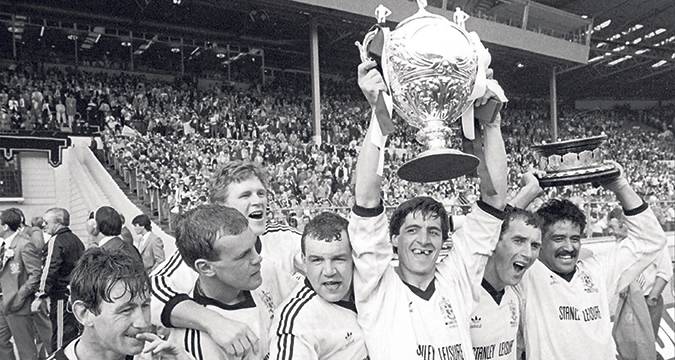 It might not have been apparent to too many at the time. But the Challenge Cup final of 1983-84 marked the beginning of the end of a great period for the winners, and the start of the resurgence - and how! - of the runners-up.
Wembley was almost a second home to Widnes, who were playing in their seventh showpiece in ten years in 1984 - and lifte
It might not have been apparent to too many at the time. But the Challenge Cup final of 1983-84 marked the beginning of the end of a great period for the winners, and the start of the resurgence - and how! - of the runners-up.
Wembley was almost a second home to Widnes, who were playing in their seventh showpiece in ten years in 1984 - and lifte Time Machine: A crossroads Challenge Cup final between two great clubs 40 years ago
 It might not have been apparent to too many at the time. But the Challenge Cup final of 1983-84 marked the beginning of the end of a great period for the winners, and the start of the resurgence - and how! - of the runners-up.
Wembley was almost a second home to Widnes, who were playing in their seventh showpiece in ten years in 1984 - and lifte
It might not have been apparent to too many at the time. But the Challenge Cup final of 1983-84 marked the beginning of the end of a great period for the winners, and the start of the resurgence - and how! - of the runners-up.
Wembley was almost a second home to Widnes, who were playing in their seventh showpiece in ten years in 1984 - and lifte 